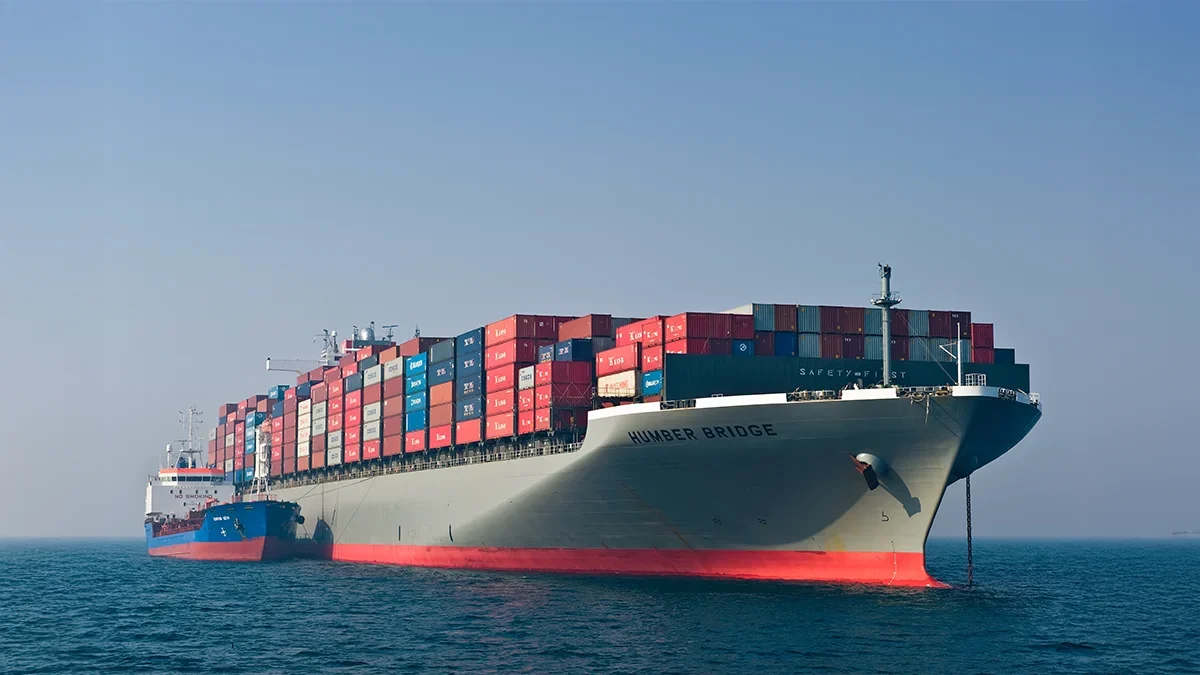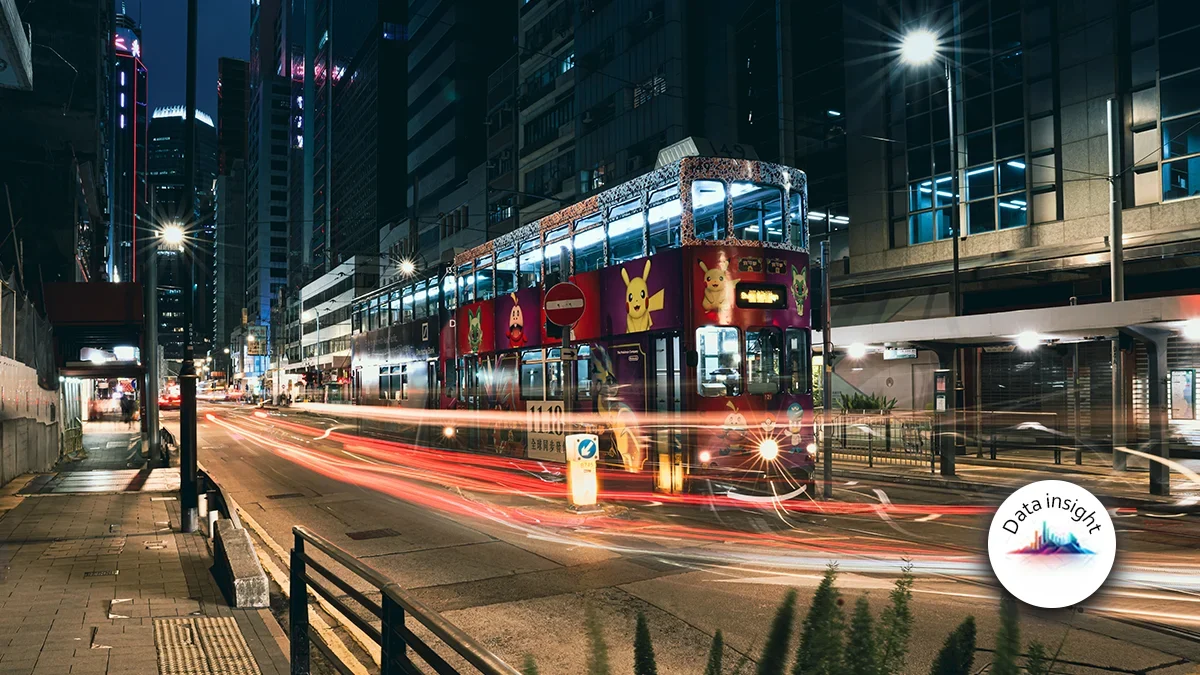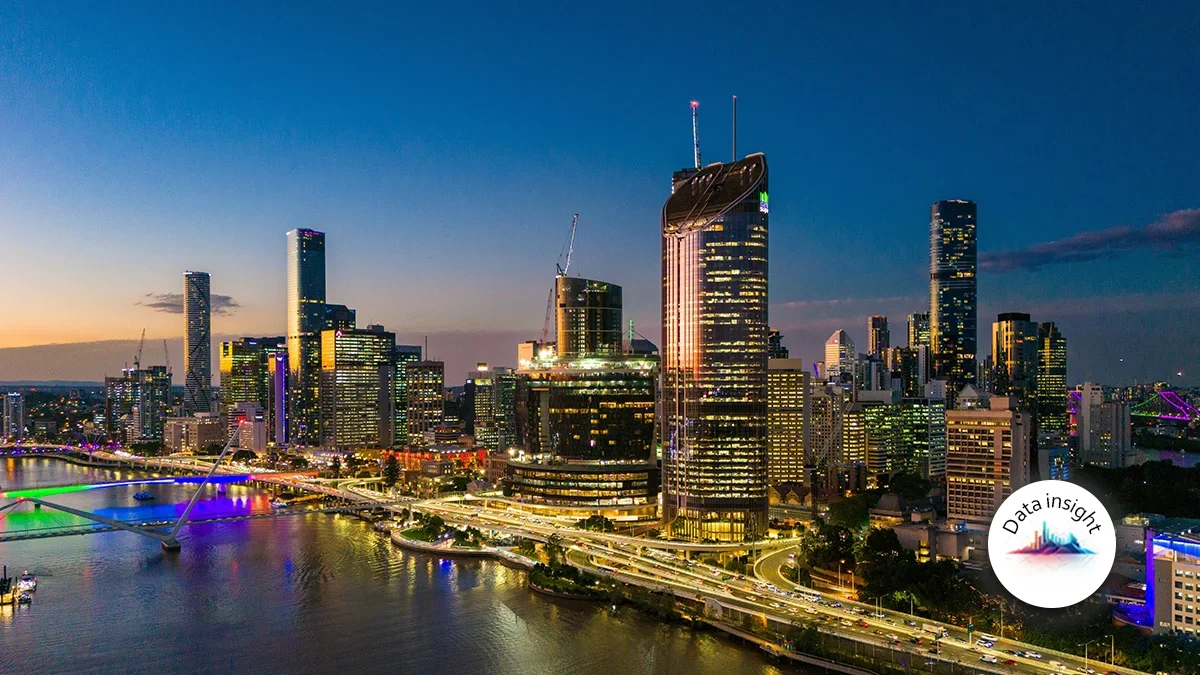(Re)in Summary
• Insurers are exercising greater caution across marine lines as unpredictable US tariff policies create widespread uncertainty in global trade flows.
• Stringent US customs checks and potential port delays could drive up insurance rates, particularly if supply chain disruptions require coverage adjustments.
• Marine insurers face challenges in calculating loss cost assumptions as tariff volatility complicates predictions for reconstruction costs and adequate premium rates.
• Clients risk underinsurance if property values aren’t adjusted for tariffs, while some infrastructure projects face budget overruns from unexpected cost increases.
• Global shipping patterns may reshape, with regional trade blocs gaining importance and new insurance opportunities emerging despite current challenges.
Tariff uncertainty from the US is top of mind for the marine insurance industry, with brokers, carriers, and insureds struggling to understand the implications for business in an interconnected world.
At the moment, underwriters are “building in a lot more caution” due to the uncertainty, and the market is watching the situation closely, says Hon Chan, Director of Commercial for broker Tigermar.
The insurance market hasn’t reacted drastically to tariff-driven supply chain disruptions, yet. But it’s a lagging market in many ways, Chan adds, with the long-term impact difficult to quantify and predict.
“Rates will normally only ever be impacted once things start to move, which at the moment, we haven’t really seen,” Chan tells (Re)in Asia. “We may not be seeing hard pricing right now, but the pressure is building. If we start to see systemic delays or a sharp increase in claims related to storage issues, missed shipping deadlines, or spoilage due to rerouting, underwriters will likely revisit the current assumptions used in setting rates.”
Delays are likely to rise as the US implements more stringent checks on the origin of goods due to tariffs, he adds.

Hon Chan
Director of Commercial at Tigermar“The US has a reputation for being very diligent in checking their customs and the origin of where items come from. We’re expecting more thorough documentation checks, country of origin verifications and physical inspections that will all slow down clearance times,” Chan says. “This adds a further layer of unpredictability at ports and borders, which may drive claims.”
Trump’s supposed 90-day pause on new tariffs has given markets some breathing room. The US President said last Wednesday that he could begin reimposing tariffs in two to three weeks, even as nearly 100 countries have offered to renegotiate trade deals with the US.
Washington has set a 145% blanket tariff on all Chinese imports and 245% tariffs on some Chinese products, after Beijing retaliated by raising tariffs on US products to 125%.
The fallout from Trump’s trade war is expected to depress trans-Pacific trading volumes, reports maritime analyst Drewry, with global container handling projected to decrease by 1% in 2025. Global merchandise trade is expected to contract by 0.2% under current conditions, according to the World Trade Organisation. Already, trans-Pacific blank sailings — ships crossing the Pacific with empty cargo space due to trade uncertainty — have risen as US importers cancel or suspend orders.
And as US trading partners reassess their long-term economic relationship with the country, slower growth in marine insurance demand is likely.
“The stance of the White House is constantly evolving and has created a less predictable environment for the business community,” says Kevin Leung, Chief Underwriting Officer for Asia Pacific at specialty insurer Markel. “A lower volume of trade, coupled with likely reduced volume of cross-border investments, will almost certainly result in a lower volume of growth in demand for insurance in the short term.”
“We’re inextricably linked with the health of the global economy,” Leung adds.

Kevin Leung
APAC Chief Underwriting Officer at MarkelBroad, growing concerns
Tariff volatility will affect loss cost assumptions, says Leung, as accurately projecting adequate premium rates to cover future losses becomes significantly more difficult.
“Just a month ago, insurers could reasonably predict reconstruction costs. However, with tariffs now changing rapidly and varying across countries and goods, those costs have become far more unpredictable,” Leung adds.
The volatility in loss cost assumptions will also hit infrastructure projects.
“We’re seeing growing concern among project owners about how to appropriately insure their projects amid tariff uncertainty,” says Tigermar’s Chan. “Construction material costs, particularly steel and aluminum can spike unpredictably, which in turn affects the total project value.”
When prices fluctuate unpredictably due to new or revised tariffs, it becomes harder for project owners and contractors to determine replacement costs. And if values are based on outdated assumptions, this can lead to underinsurance.
Projects that were sanctioned years ago are now perhaps “miles out of budget” because of this, Chan says.
“With material and labor prices fluctuating due to global supply chain pressures, inflation, and tariff changes, insured values can quickly fall out of sync with actual replacement costs,” he adds. “If a major loss occurs, clients risk receiving settlements that are well below the cost to rebuild or replace.”
Hon Chan
Director of Commercial at TigermarLoss cost uncertainties will affect any class with property and liability exposures to the US, says Leung, as insureds may face significant increases in future insurance premiums just to account for additional tariffs.
“In the worst-case scenario, it may even impact the availability of insurance to certain buyers or exporters,” Leung says.
And for businesses that committed to Chinese imports prior to the tariff announcements, the sudden imposition of additional duties will cause major financial strain. These companies are locked into contracts at pre-tariff pricing, with no ability to renegotiate terms or pass the increased costs downstream, says Chan, changing the commercial viability of entire deals.
“That’s what we’re dealing with at the moment, a great deal of uncertainty,” he adds. “It creates a lot of nervousness with our clients and the industry.”
Brokers are working to engage with underwriters to communicate clients’ concerns, Chan says.
“In the next two to six months, we’ll have a much clearer picture of what we need to advise all our clients,” Chan adds. “For now, we’re facilitating real time dialogue between our clients and underwriters, explaining that ‘we hear you, everyone’s in the same boat’. It’s about keeping the lines of communication open so there are no unexpected outcomes.”
Kevin Leung
APAC Chief Underwriting Officer at MarkelTradewinds shift
As trade patterns change, the industry might benefit from reordered trade flows and supply chains, redirected investments and trading blocs that engage in reduced trade with the US, says Leung.
There may be increased momentum toward deeper economic cooperation within trading blocs like ASEAN, and the US’s new tariff stance is likely to create new opportunities for new economic groupings to emerge, Leung points out.
A possible long-term impact of the trade shift will be changed seagoing voyage patterns, with main trading ports like Singapore, Hong Kong and Shanghai moving away from their role as midway stops, as short cargo hops become more important than trans-Pacific or trans-Atlantic trade.
“Instead of a one-to-many relationship, there may be a many-to-many relationship that may evolve from this situation,” says Chan. “We have already started seeing this with China befriending Asia counterparts to ‘club up’ to reduce the burden and reliance on the US.”
“In this long-term scenario, you would also see different types of marine container ships as well — instead of VLCCs, you might see smaller units that don’t need to go long distances or have the ability to hold as many containers, because the frequency of East—West trans-Pacific routing will be replaced in favour of more regional routes amongst more countries.”
As regional trading powers like China, Japan, Korea and Australia seek new trading partners, closer regional collaboration is expected, and economic growth might take a different direction, says Leung. “All those are often underpinned by insurance as a conduit, so there will be new opportunities emerging despite the current challenges.”
Hon Chan
Director of Commercial at TigermarFor brokers, the volatility has created an opportunity to engage existing clients and develop a deeper relationship, says Chan. “Opportunities may also arise to examine potential new products due to the uncertainty that exists.”
“The problem is that these are not tariffs that are set – they were put out there to great fanfare and then changed, and then changed, and then changed,” Chan says. “Until someone definitively says, ‘these are the tariffs, these are the values for the next four years,’ we have to keep everything de facto.”














